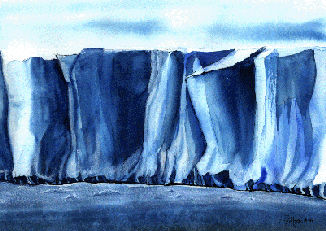A Glacier Begins with Small Snowflakes
Glaciers are massive and incredibly powerful but they begin with small snowflakes.
Each lacy, delicate crystal flake is unlike any other; imagine how many it takes to make a glacier as snow gradually changes into glacier ice.
What is a Glacier? A glacier is a huge mass of many years of snow, ice, rock, sediment, and water. It originates on land and moves down slope under the influence of its own weight and gravity.
Each glacier is different in its own special way and each glacier has a different surrounding environment.
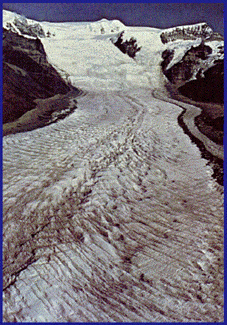
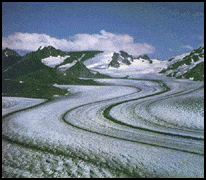
Types of Glaciers (By Where They Are)
Ice Sheets, Shelves, and Caps
Ice Sheets
- Found in Antarctica and Greenland.
- Large masses of ice which cover more than 50,000 square kilometers!
- Some ice sheets that flow into the sea have ice streams.
Ice Shelves are slabs of glacier ice which float on the sea. Glaciers that discharge into the sea from higher ground become detached from the bed and float, spreading out to cover large bays.
Ice Caps
- They are smaller versions of Ice Sheets which cover less than 50,000 square kilometers. A large ice cap could cover an area as large as the entire Seward Peninsula on Alaska’s west coast!
- Ice accumulates on a high area in the middle of an ice cap and spills down on all sides.
Mountain Glaciers
Cirques
- Are bowls or basins carved out of a mountain.
- Are very short in relation to their width.
Valley Glaciers
- Are found in high altitudes.
- May flow downwards from cirques, ice caps, highland ice fields, or ice sheets.
- Are shaped like long tongues of ice.
- Bering and Hubbard Glaciers are valley glaciers and are the longest in the Americas (200 and 150 kilometers long).
Tidewater Glaciers
- Are valley glaciers that enter the sea. At the water, they either remain grounded or float.
Piedmont Glaciers
- Formed where mountain valleys open into larger valleys or onto plains.
- Valley glaciers that spread out into wide lobes.
Ice Aprons or Hanging Glaciers
- Form where mountain slopes seem almost too steep to hold any snow
- Often make avalanches.
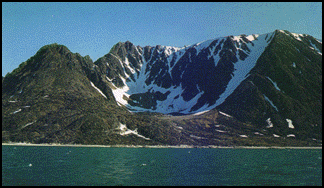
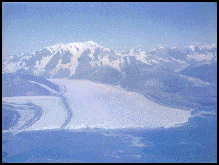
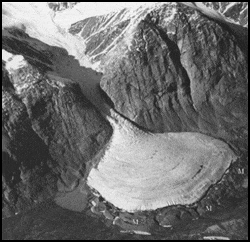
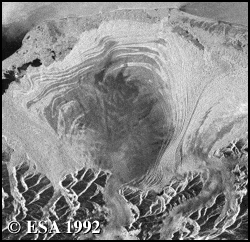
Types of Glaciers (By Temperature)
Warm (or Temperate) Glaciers
- Ice is at the melting point throughout.
- Meltwater is abundant in summer and continues to flow throughout the winter.
- A well-developed drainage network exists, including moulins, ice lenses, and water pockets.
- Form in most mountain regions outside the Arctic and Antarctic.
- The glacier is eroded.
Cold Glaciers
- Most of the ice is at temperatures below freezing.
- Are frozen to the bed and erode very little.
- Are found in the polar and sub-polar regions (sub-polar glaciers melt at the surface in summer).
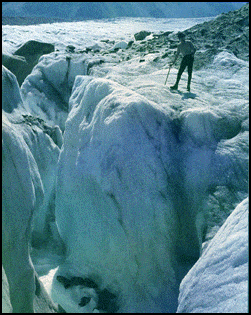
Beginnings
Remember, even the largest glacier begins with a small snowflake! Here is an example of a snowflake crystal. It has been greatly magnified and is a scanning electron micrograph of the snow crystal. Next to it is what happens to the snow crystals when they begin the process of compression and are on their way to becoming glacier ice. These other crystals are also scanning electron micrographs of firn crystals.

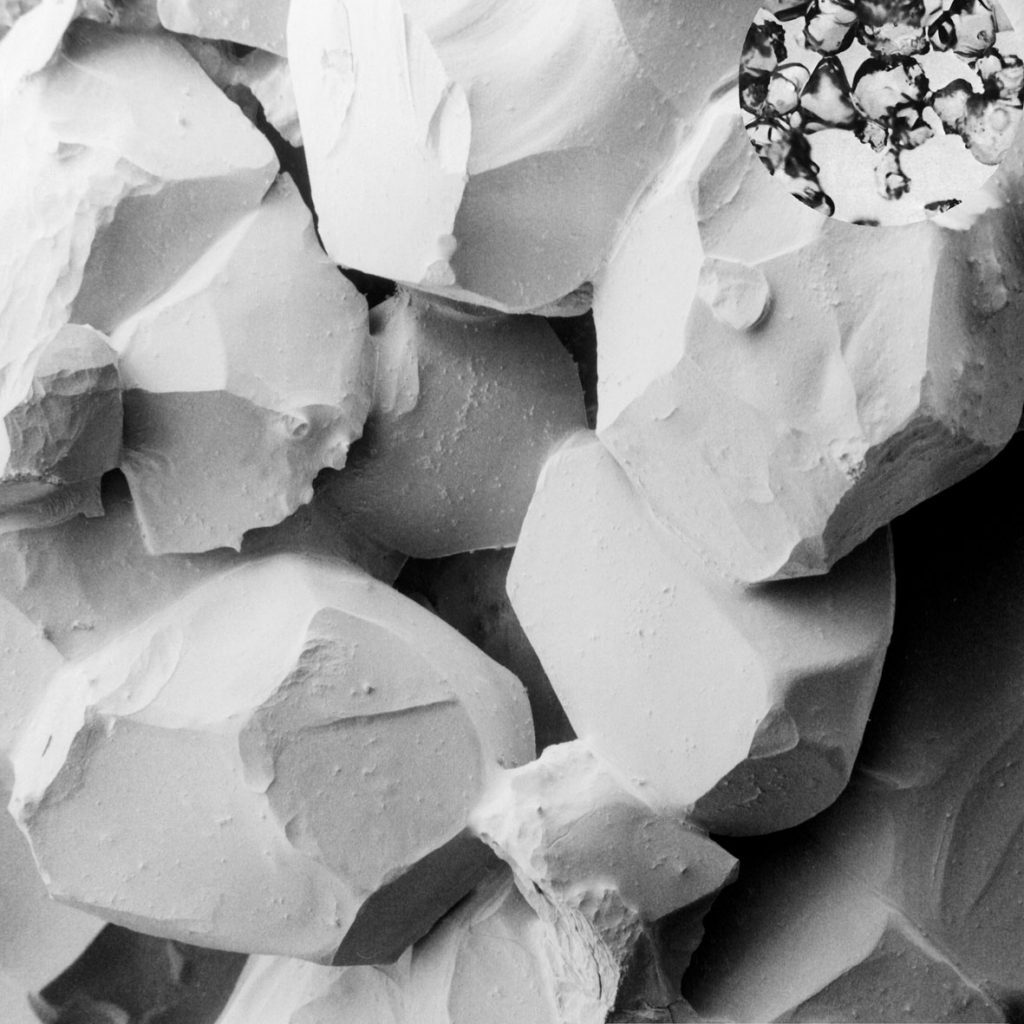
What is a Glacier?
Vocabulary Plus!
glacier
ice sheet
ice cap
cirque
valley glacier
tidewater glacier
piedmont glacier
hanging glacier
warm (temperate) glacier
cold glacier
Antarctica
Greenland
Highland Ice Field
Synthetic Aperture Radar
Review Questions
(some of the answers may come from the vocabulary list)
- How does the glacier move down slope?
- Are all glaciers the same?
- Where are the world’s largest ice sheets found?
- Do ice shelves float?
- Which are bigger, ice shelves or ice caps?
- From what sources might you see a valley glacier flowing?
- What does SAR stand for?
- In what season is meltwater abundant, summer or winter?
- Do cold glaciers erode a lot?
Brain Challenge!
When rivers freeze, do they turn into glaciers?
Project: Snowball Melt and Freeze
Let’s see how a glacier is made!
You’ll need:
- A small mound of snow from outside (if available)
- OR 10 to 12 ice cubes, finely crushed
- OR scraped ice from the sides of your freezer at home
- A small handful of dirt
- A few pebbles
Now, mix the snow with the dirt and pebbles, then form into a tight ball. Put in the freezer. Once the ball’s frozen hard, bring it back out into room temperature. Let it rest until it just starts to melt. Pack tightly again with your hands. Return to freezer, and remove again once it’s hard.
Repeat the steps two or three times. Notice that each time you pack the snowball, it gets tighter and more compact. That means there are fewer air bubbles in the ice because of the pressure applied by your hands. This is similar to how a glacier is made. The weight of snow and ice on a glacier presses the snow tight over time, removing many air bubbles.
(Courtesy of Glaciers of North America, by S. Ferguson)




